What Type Of Crafts Can You Do On A Nail Loom
Everything You Need to Get Into Weaving, According to Artists
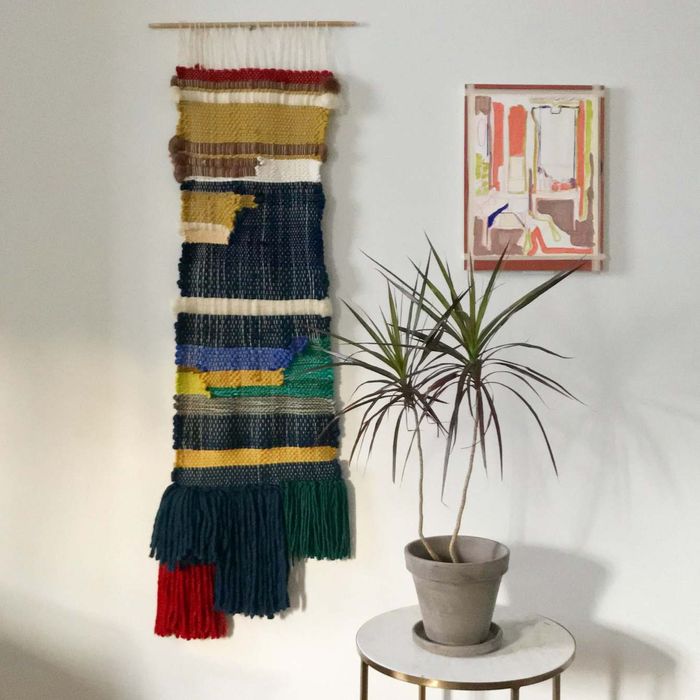
(Championship) 2018: The body/country you take vs. the body/land y'all want Photo: Avery Williamson
Lots of people have been seeking existential purpose from crafting, be it knitting or necktie-dying or even making jam. Weaving — which has seen a recent resurgence in boho domicile décor — has become some other (much needed) opportunity for folks to slow downward and be nowadays. "It'southward a meditative and solo endeavor," says artist Avery Williamson. And weaving is a craft that can be easily done with found items, including leaves and plastic bags or string from an old sock. "Some people see big looms and retrieve it's scary, but you can actually try out this craft with little steps to meet what you enjoy, and you don't need anything other than what you already have," explains Anne Weil, designer and maker at Flax & Twine and author of Weaving Inside Reach .
Analogy of warp and weft. Photo: Wikipedia
Our experts as well concord that knowing some basic terms, namely "warp" and "weft," is more important than having any 1 specific yarn or tool. (And they're important terms to understand as we get-go talking about the gear y'all demand to weave.) If you imagine weaving in a square shape, "Your warp is vertical, information technology goes up and down, and your weft is horizontal, it's the string yous motion left to right," explains self-alleged "artpreneur" Shenequa Brooks (whose creative person name is SHENEQUA). In the nigh basic weaving technique, called plain weaving, your warp stays in a fixed position, while yous motility the cord of your weft over-and-nether the warp.
Whether you're looking to brighten upward a wall with a hanging tapestry, or limit table messes with some (handmade) placemats, we spoke with five artists — including a couple who hold degrees in weaving, and others who have written books on the subject — about the all-time weaving books, techniques, and tools for getting started at home.
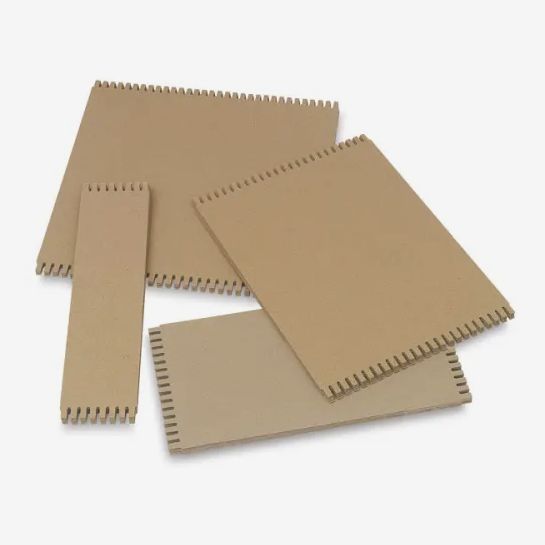
Brooks, who herself started weaving on a floor loom in fine art school, knows that it tin can be intimidating to begin with a wooden apparatus, which is why she begins her children's weaving classes with cardboard looms, which are handheld pieces of cardboard with notches on the edge for stringing your warp. "Cardboard weaving is a great introduction to the bones motion of weaving, you can simply become comfy with the over-and-under repetition of manifestly weaving," she explains. Material creative person Bryana Bibbs too starts her weaving workshops off with cardboard looms, and recommends keeping some tape on hand to affix the first strand of the warp to the back of the loom. You tin can buy a pre-notched loom, like this one at Blick, but since Bibbs encourages her students to employ found materials from their homes for weaving, she (and Weil) suggest making your own cardboard loom; an piece of cake procedure which the Metropolitan Museum of Art details in their DIY mini loom-making video.
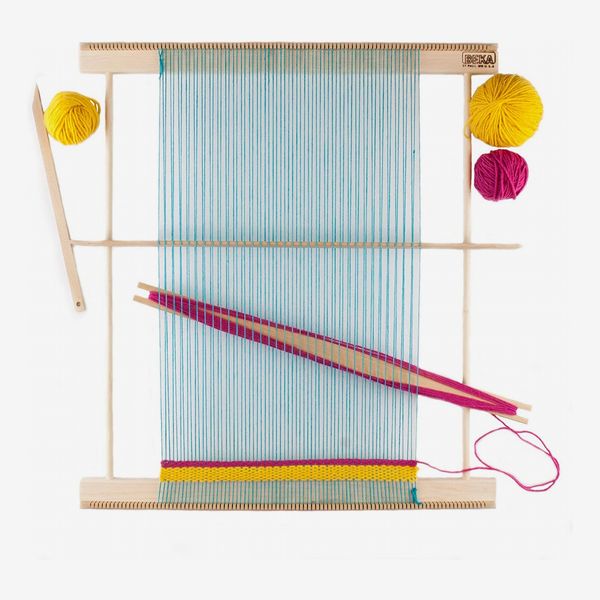
When it comes to wooden looms, all iv of the loom-weaving experts who we spoke to recommend that beginners use a frame loom, which has built-in mechanisms for attaching the warp, and is the first step in an array of wooden looms (including upright looms, tabletop looms, and floor looms) that are used by good weavers. Williamson actually began weaving on a homemade frame loom, literally made from an old picture frame and nails, and she says going the DIY route is a good way to "acquire the crude mechanics of how weaving works, and find out if you're interested in information technology before investing money in something more advanced." If you exercise want to spend money on a wooden loom, Williamson swears past the Beka, which comes with removable dowel sides and so "you lot could take it autonomously and pack it upwardly, then you can also change it with different rods or dowels in social club to brand longer pieces."
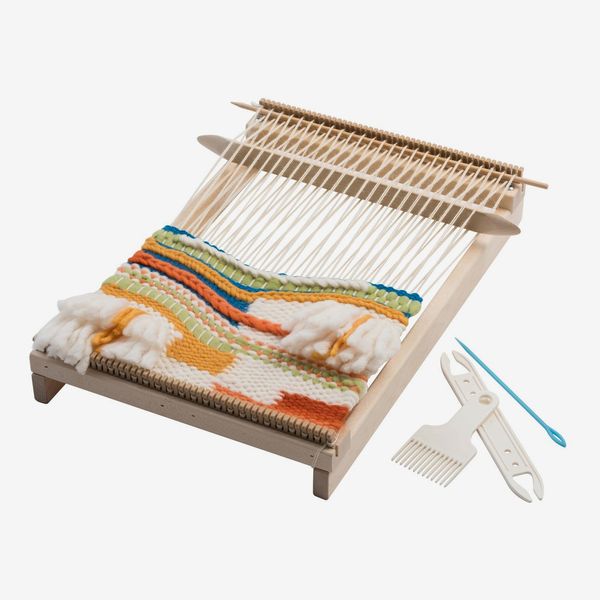
Although Bibbs ordinarily uses a floor loom, she didn't have access to her studio early on in quarantine, so she crafted nigh of "The Quarantine Series" — a collection that highlights "nontraditional" weaving materials, which Bibbs used while sheltering in place — on the Schacht Lilli Loom. "It's a sturdy forest frame and information technology comes with all the necessary weaving tools," she says (more than on the tools below).
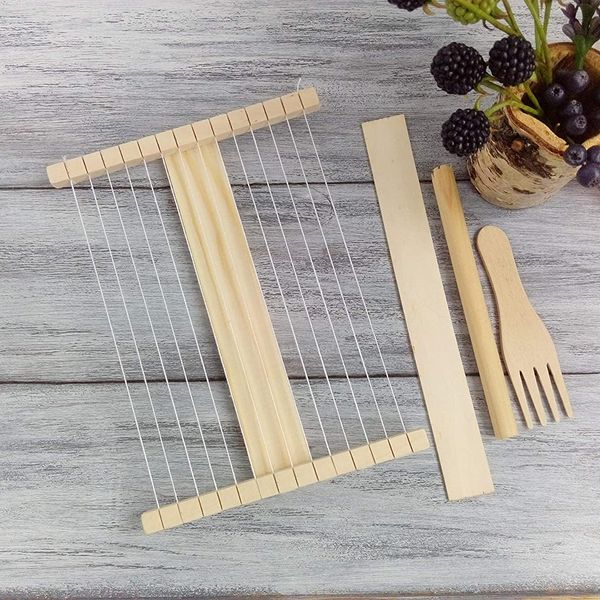
Folks can besides brainstorm weaving on a pocket-sized, handheld square loom, which is similar to the plastic potholder looms found in elementary-school classrooms. "Even a big frame loom can exist overwhelming, and then this lets yous practice the technique and see if it'due south something you enjoy without having a huge loom in your cupboard," Weil says, adding that even an eight-inch square loom is big plenty to craft everything from coasters to jewelry. Weil herself has designed a mitt loom, which, like the Lilli Loom, comes with weaving tools. Amazon, Etsy, and some yarn stores also carry manus looms.
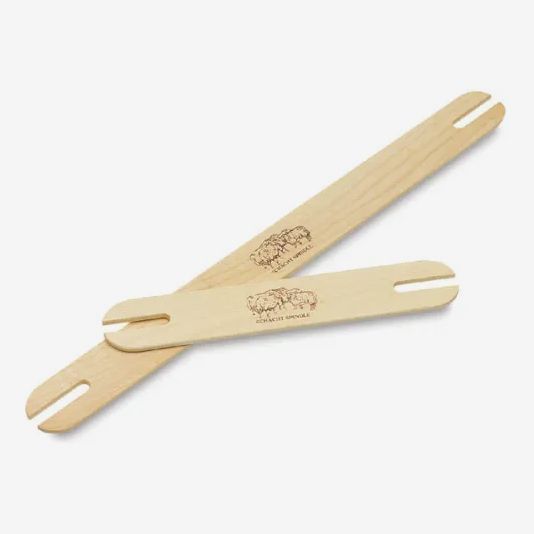
Even if your loom comes with a ready of tools, it's essential to know their functions in order to utilise them correctly — and if your loom comes toolless, you'll need to stock up on these items. The near bones is the shuttle, which is a stick that carries your weft yarn, "so you tin can transfer yarn from the ball or cone to the shuttle, and then pass information technology through your weaving easily," explains Weil, adding that a potent piece of mounting board could double as a shuttle in a pinch. Brooks notes that boat-shaped shuttles are popular for larger weaving projects, though they usually besides crave a bobbin (an internal spool around which y'all wrap your yarn). Yet another reason to start small.
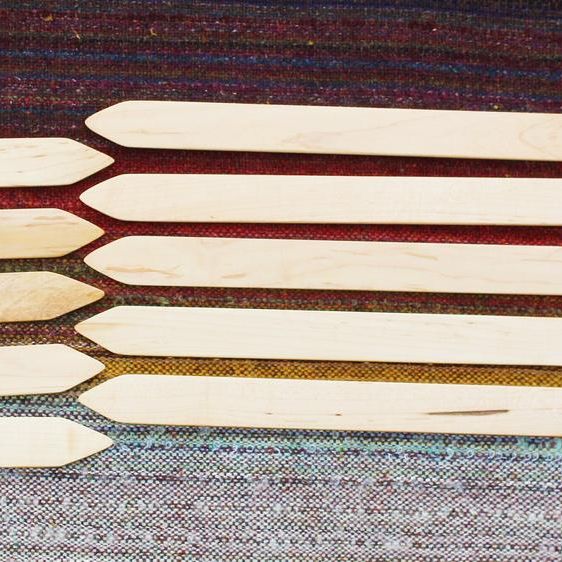
In order to streamline the upwards-and-under technique of manifestly weaving, some weavers use a shed stick: a piece of wood that you weave into your warp in order to carve up the upper and lower threads. (For a visual explanation, this video demonstrates the technique at 3:45.) "If you tilt the stick on its side, you get a space between the threads, called the shed, so and then y'all tin can pass your shuttle through that shed in one direction instead of going over and under," Weil says.
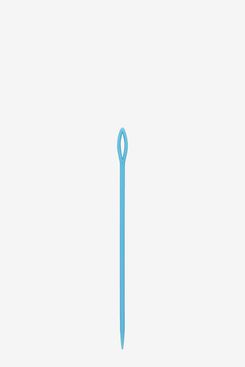
Even with a shed stick, you notwithstanding take to pick up-and-under the loom in (at least) 1 direction, which is where a weaving needle comes into play. Though yous can option beyond with your hand, both Williamson and Bibbs recommend using a thick, half dozen-inch (or so) weaving needle for more than ease.
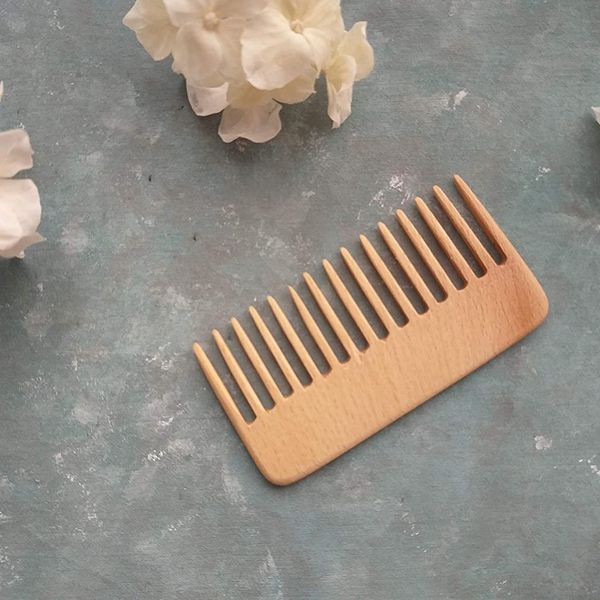
When you weave your yarn won't only fall perfectly into place, which is why our experts propose using a weaving comb to "push down the yarn and brand sure information technology all stays in an even row," as Williamson puts it. A couple of experts point out that everything from forks to pilus combs can also double as weaving combs, in a compression.
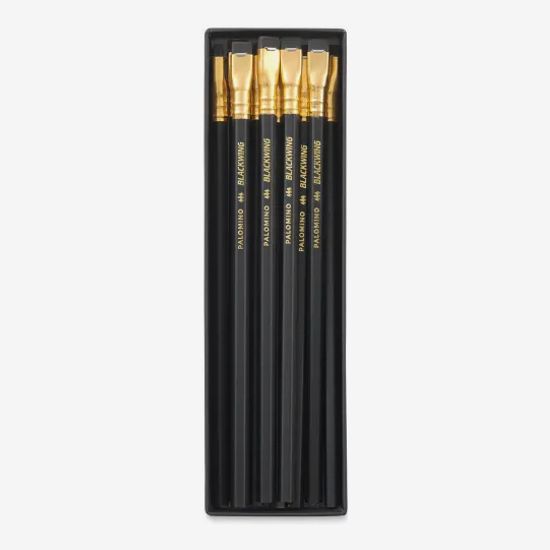
Both Williamson and Brooks say that they like to do some sketching to program out their weaving before they hop on the loom. Strategist writer and illustrator Liza Corsillo, actor Rob Corddry, and the guy who drew Bugs Bunny all swear by Blackwing Pencils for their doodling.
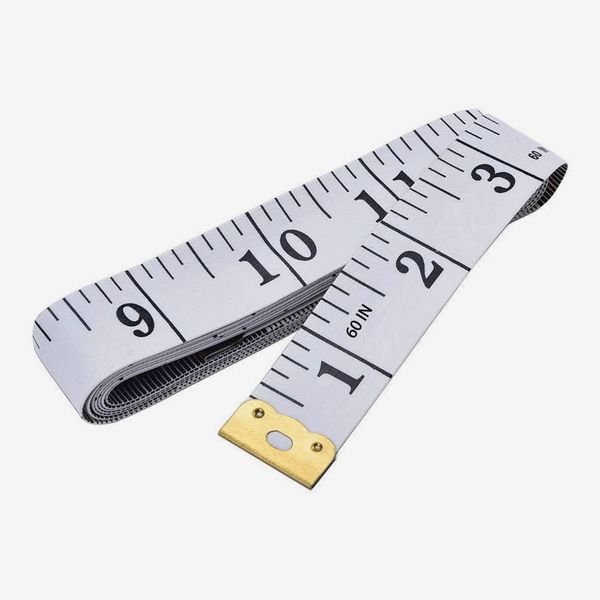
It might seem like a no-brainer, but "having a soft tape measure is an essential tool for mapping out how you lot desire to make a weaving," says Brooks.
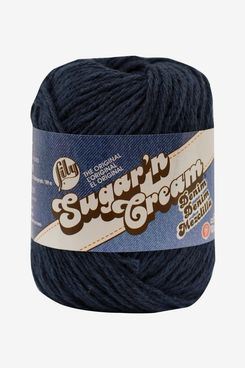
All four of the loom-weaving experts we spoke to agree that you can weave your weft with near any material — Brooks uses constructed hair in her artwork, Williamson has woven with plastic bags, and both Weil and Bibbs say you can weave with unwoven material from old socks and sweaters, or one-time T-shirts and jeans cut into ane-inch strips. However, when it comes to your warp, nigh of the experts suggest using sturdy cotton fiber yarn. "When you're putting the warp on, you're applying tension, so you don't want something that'll break," explains Brooks. Although a lot of the yarn she uses is hand spun, in her weaving workshops Bibbs uses the 100 percent cotton Lily Saccharide 'N Foam Yarn, because "it's a skillful bones, inexpensive cotton yarn that'south really sturdy and comes in a good variety of colors." If you want to make something with a balanced weave, such as a patterned material or usable napkins, Weil notes that "y'all want to have a warp and weft of the aforementioned material and size, and y'all demand to brand sure that your spacing is appropriate; if you use the same material, but space the warp too broad, then it'll be a weft-faced cloth."
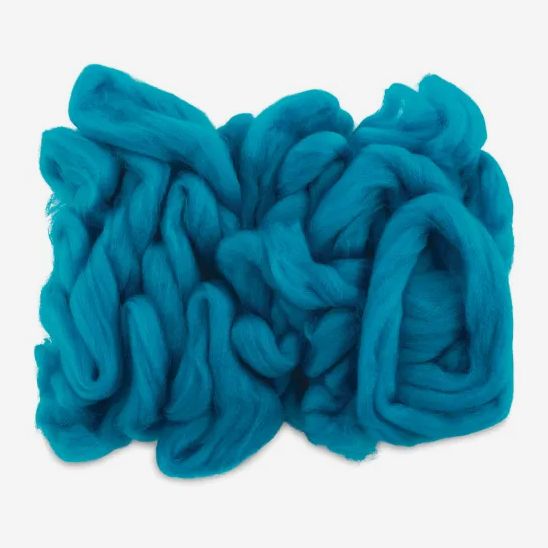
"I besides similar Darice Arts and crafts Fluff, information technology's a synthetic, fluffy fiber that's really enjoyable if you lot're starting off," adds Bibbs.
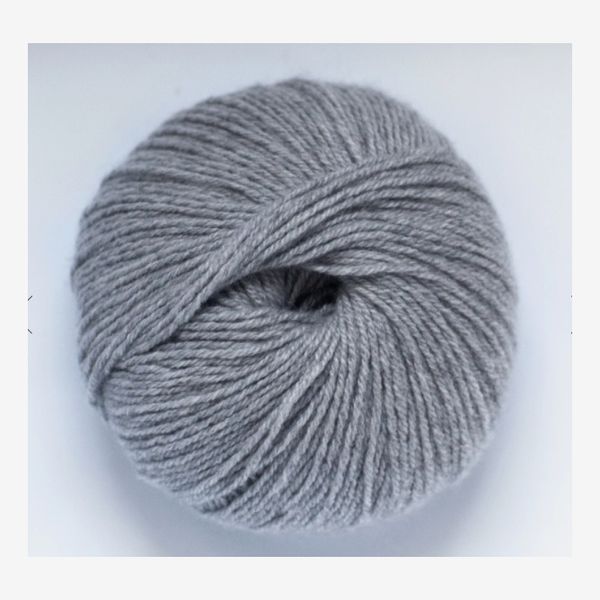
Both Brooks and Williamson say that a part of how they chose their yarn is by experience. "I like to go into yarn shops, similar Spun in Ann Arbor, and feel the yarn, information technology's very much an exciting take a chance of texture," says Williamson, adding that since there are then many different yarn options, choosing what to use is an essential part of a beginner'southward weaving procedure. Williamson also stresses the importance of supporting Black-owned yarn shops and yarn dyers, like String Thing Studio in Brooklyn, which sells Strategist-recommended Clinton Loma Cashmere Bespoke online and is at present open by appointment.
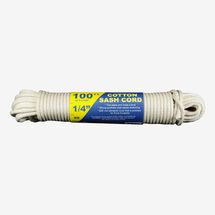
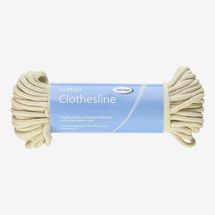
Gratuitous weaving, as well known as no-loom weaving, is a technique that doesn't crave any kind of loom, and can be used to make everything from baskets to jewelry and rugs. It is ideal for weavers who don't want to invest in a loom, or prefer the organic shapes that are sometimes associated with the craft. For gratuitous-woven baskets, Weil recommends using a stiff weaving textile, because "the structure comes from the material that you're working with, so soft and floppy string is going to make a soft and floppy container." She uses a 100 percent cotton, three-strand rope, but says that stiff laundry-line rope or sash cord will too suffice. With this rope, Weil uses a twining technique to brand the basket base and to weave around the sides of the basket. "The spines that go out of the base, that's kind of like your warp thread, because even though it's not stretched on a loom, you're weaving effectually that with a weft," she explains.
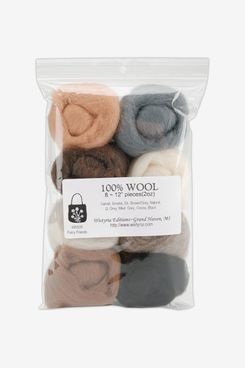
"The other fiber I dearest for baskets is a felted wool, which has more construction than a typical yarn," says Weil.
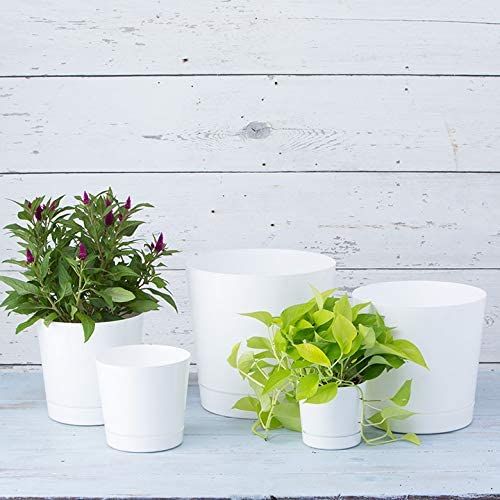
For near complimentary-woven baskets, Weil recommends using a vessel as a mold. "You tin can use a pot that your latest plant only died in, or a vase or a drinking glass, basically anything you honey the shape of," she says, calculation that you can use the twining technique around the vessel to go your desired shape.
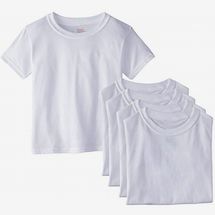
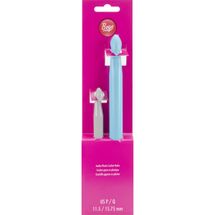
Weil notes that some free-weaving handbasket projects have no set construction, resulting in a more amorphous, organic shape. That's how Lisa Levy, an fine art instructor and interdisciplinary visual creative person (and, full disclosure, my mother), weaves. Levy got into costless weaving every bit a style of upcycling (my) one-time T-shirts, which can exist easily turned into continuous strands of yarn when cut in a specific way. "I began to crochet the yarn in a circumvolve, because that's the simply technique I knew, and after a while it began to curl into itself, so I made a pouf and stuffed it with the remaining shirts and old upholstery foam" she says. Since then, Levy's used the technique to make free-woven rugs, adding that the crochet hook serves as a proficient tool, because "it becomes hard on your fingers or hands to pull the string in and out, so the claw does that work for you." For making circular rugs (particularly with kids) Levy recommends weaving with a hula hoop, which Weil has a tutorial for on her website.
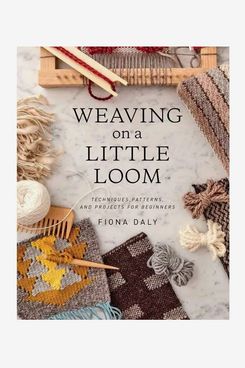
Since in that location are then many different techniques beyond plain weaving, about of our experts say that books are i mode to learn more about dissimilar patterns. For beginners, both Weil and Bibbs recommend Fiona Daly's Weaving on a Little Loom, which Bibbs describes as a "go-to for commencement-time weavers who are interested in cardboard loom weaving, frame weaving, and tapestry techniques."
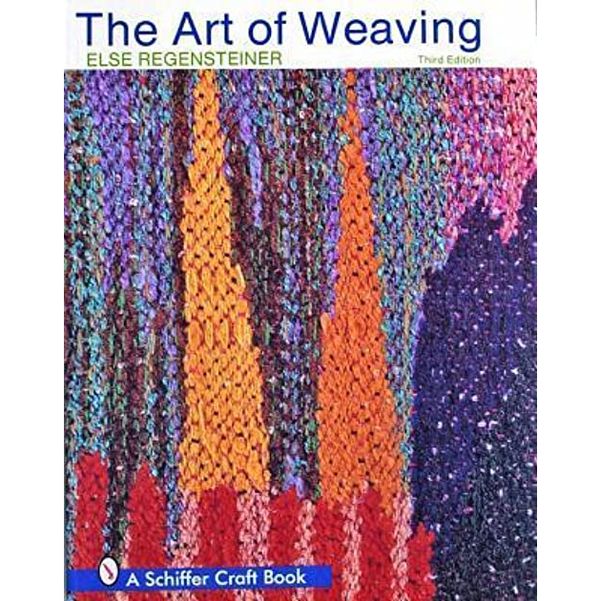
If you're interested in exploring more than complicated patterns, Brooks recommends finding a resource for the specific technique that you're interested in. For a more than full general resources, Bibbs says this volume past weaving "legend" Else Regensteiner distills an array of patterns, techniques, and tools that are of import "for beyond the up-and-over weaving."
In improver to gratis online resources — including Instructables, the DIY world of YouTube, and weavers on Instagram — several of the experts we spoke to mentioned that joining a virtual class or getting one-on-one instruction tin can be a helpful way to overcome any initial worries or frustrations. Weil has an assortment of technique-specific weaving workshops available online, Bibbs is teaching an introductory weaving workshop in August, and Williamson teaches virtual i-on-ane lessons (which you can set up over e-mail at info@averywilliamson.com).
The Strategist is designed to surface the about useful, expert recommendations for things to buy across the vast due east-commerce mural. Some of our latest conquests include the all-time acne treatments , rolling luggage , pillows for side sleepers , natural feet remedies , and bathroom towels . Nosotros update links when possible, merely notation that deals can expire and all prices are bailiwick to change.
Source: https://nymag.com/strategist/article/things-you-need-to-weave.html
Posted by: malloyquitorger.blogspot.com


0 Response to "What Type Of Crafts Can You Do On A Nail Loom"
Post a Comment